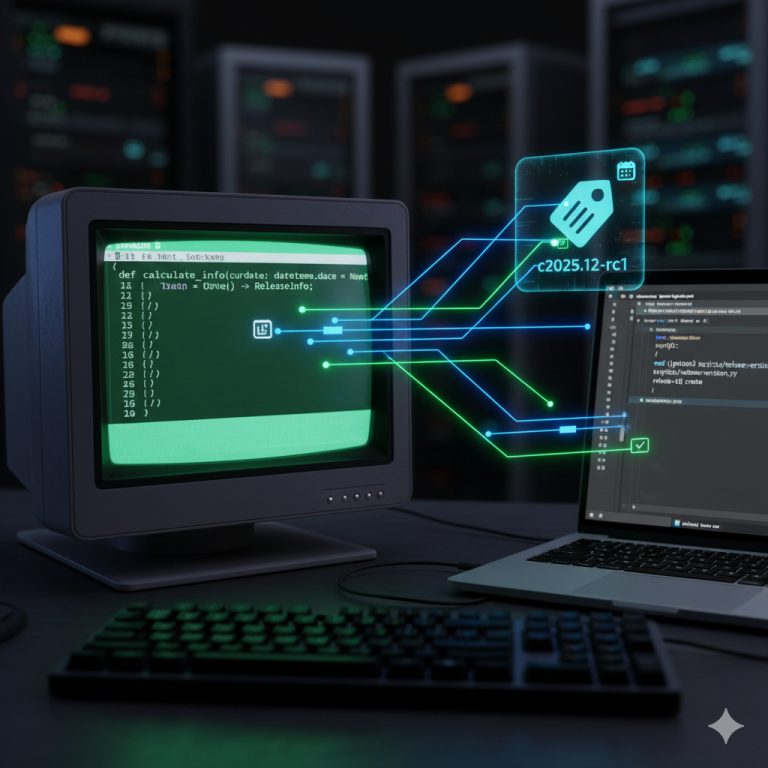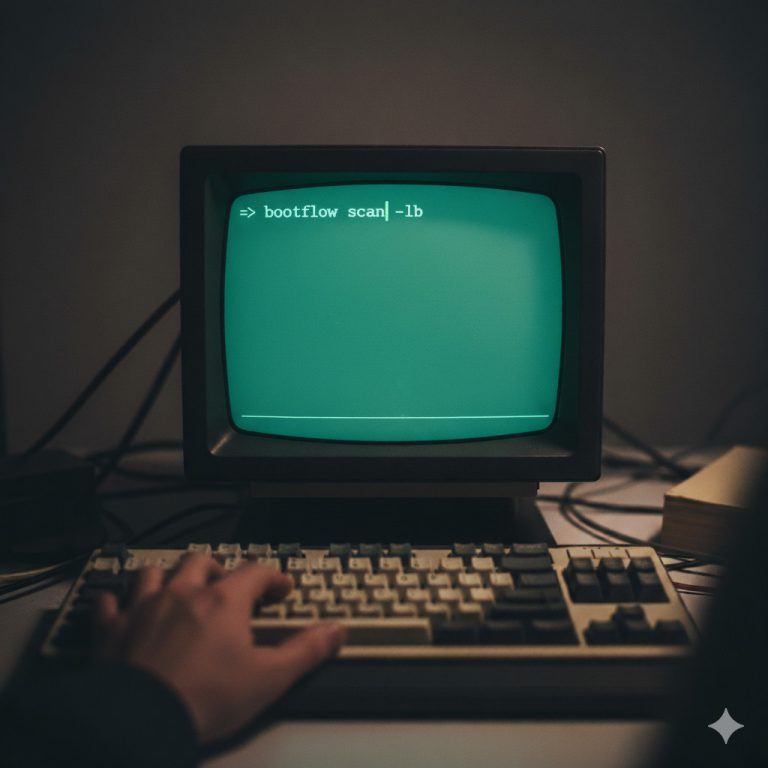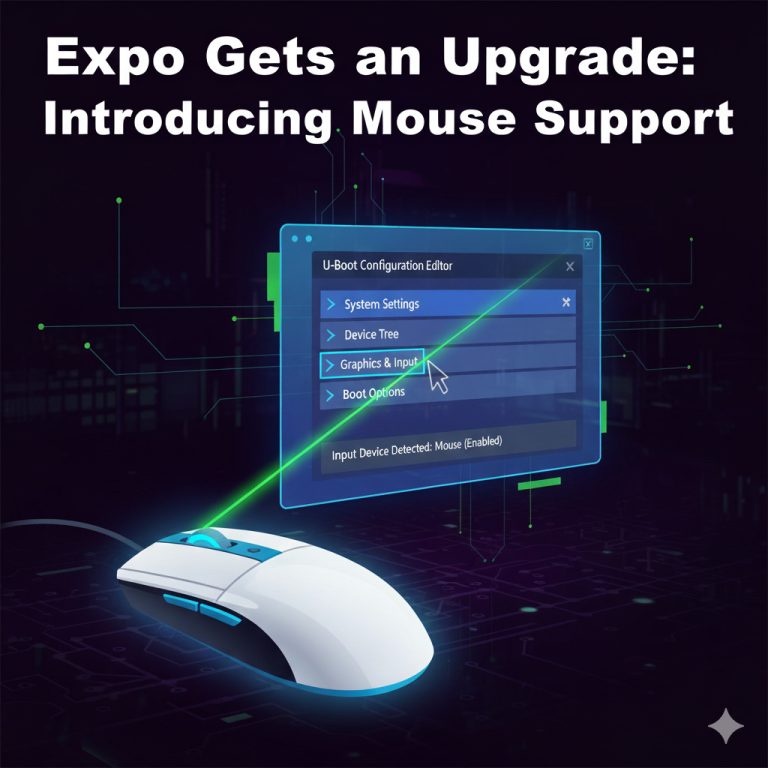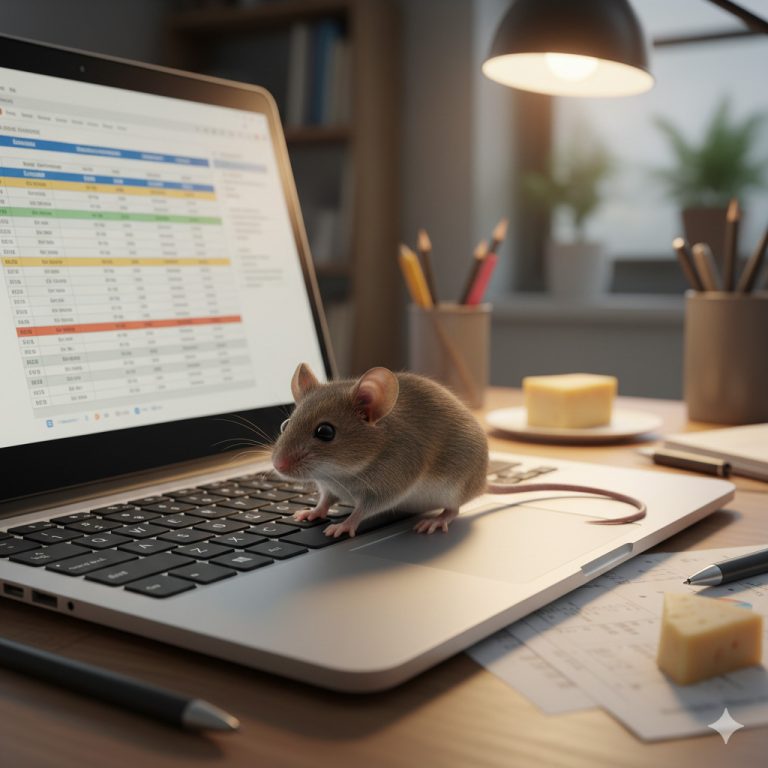We’ve just rolled out a series of updates aimed at improving the U-Boot EFI application, with a special focus on streamlining the testing and debugging process, particularly for ARM platforms. This batch of 24 patches introduces several quality-of-life improvements, from better debugging tools to more robust boot procedures. Let’s dive into the key changes. Streamlining…
U-Boot Concept releases provide regular, time-based snapshots of our development progress, offering a stable point for users and developers. Up until recently, creating these releases involved a series of manual steps that were time-consuming and prone to human error. To improve this process, we’re happy to announce a new, fully automated release workflow for U-Boot…
For a long time, editing commands in the U-Boot video console has been an exercise in memory. Without a visible cursor, it was often difficult to know your exact position in a long command line. A new 41-patch series in Concept changes that by introducing comprehensive cursor support for U-Boot’s video consoles. This update brings…
U-Boot’s ‘expo’ toolkit is used for creating user interfaces, such as the configuration editor (cedit) and graphical boot menus (bootflow menu). Previously, user interaction with expo scenes was limited to the keyboard. A recent 23-patch series introduces support for mouse and touchpad interaction. New Input Handling For devices where a mouse or touchpad is available,…
We’re excited to announce a new patch series that brings mouse support to U-Boot! This long-awaited feature resurrects some old code that was originally developed for Nuklear integration and provides a comprehensive mouse input framework. What’s New The 17-patch series (1,374 lines added across 44 files) introduces a simple mouse subsystem including: Key Features Universal…
The world of firmware development is evolving rapidly. Modern SoCs are increasingly complex, boot protocols are multiplying, and new programming languages like Rust and Zig are gaining traction in systems programming. Meanwhile, U-Boot has accumulated over two decades of battle-tested functionality supporting 1300+ boards, a comprehensive driver model, extensive filesystem support, and a wealth of…
The U-Boot EFI application is a powerful tool, allowing U-Boot to run on top of existing UEFI firmware. This is increasingly important as we see new platforms, especially in the ARM64 world, shipping with complex, ACPI-based firmware. A prime example is the recent wave of laptops powered by the Qualcomm X-Elite, which rely on this…
Have you ever run the help or env print command and watched a torrent of text scroll past, faster than you could read it? We’ve all been there. Important information disappears off the top of the screen before we have a chance to digest it. Well, those days are over! Thanks to a new patch…
Managing patch series can be one of the most time-consuming aspects of contributing to large open-source projects like U-Boot and Linux. While patman has long been a powerful tool for creating, checking, and sending patches, the relatively new patman series feature takes workflow management to the next level by providing lifecycle management for series, with…
If you are interested in watching the development of U-Boot Concept, consider joining the mailing list. You can do this in your web browser here, or send an email with ‘subscribe’ in the subject to concept-join@u-boot.org. If you are able to review patches or contribute your own, please do! Also the patchwork server is up and…











